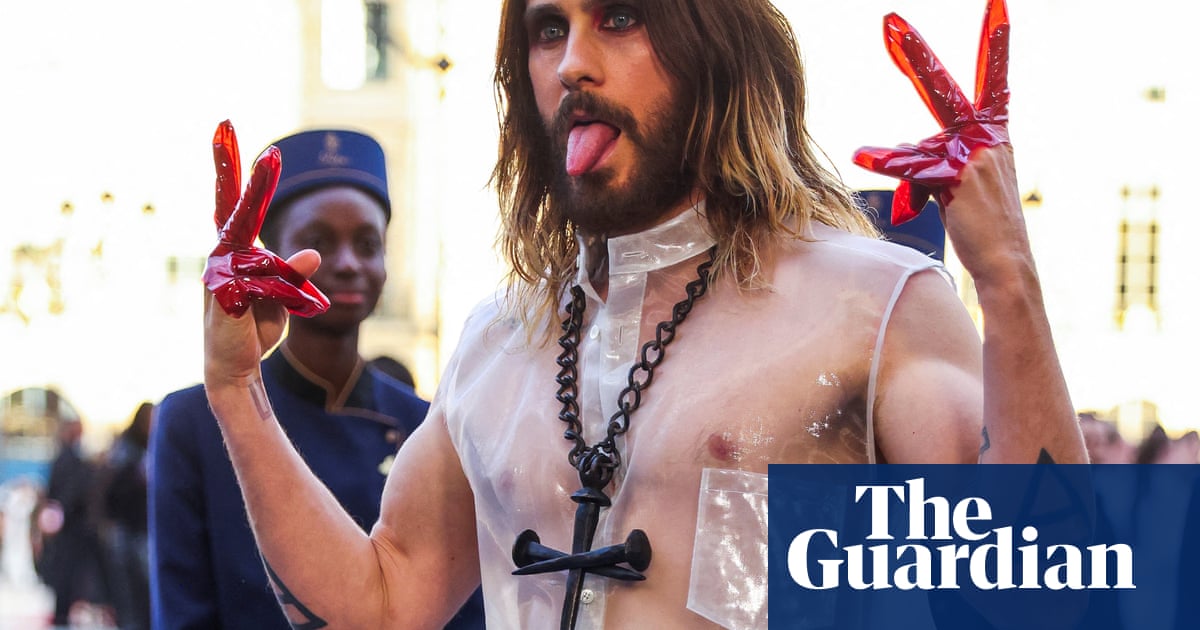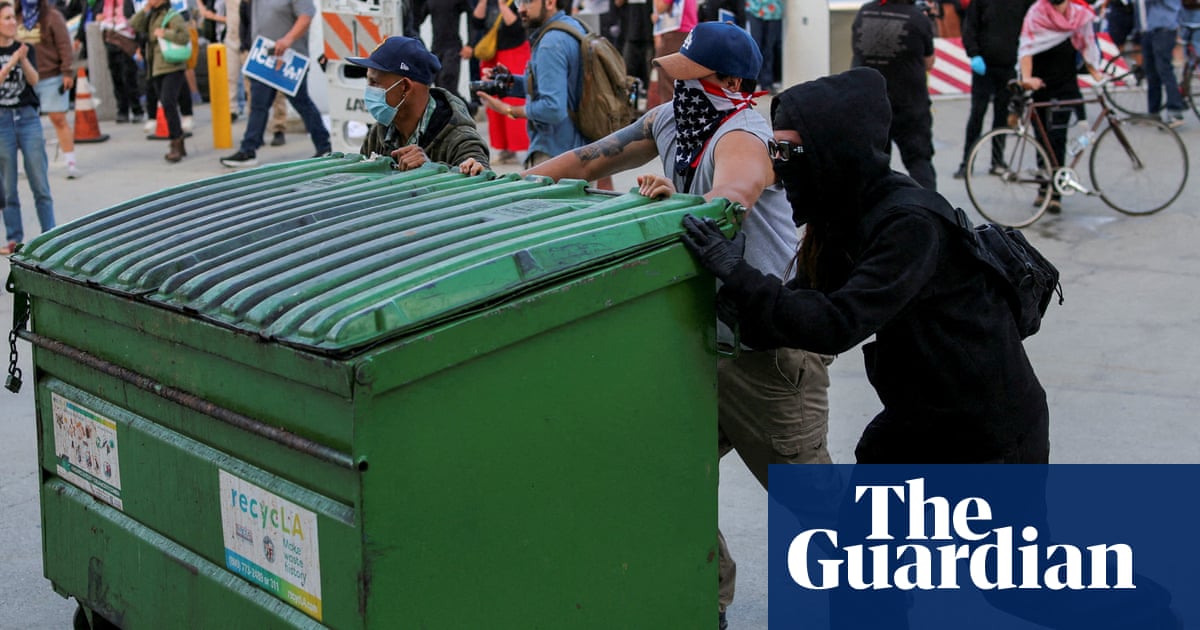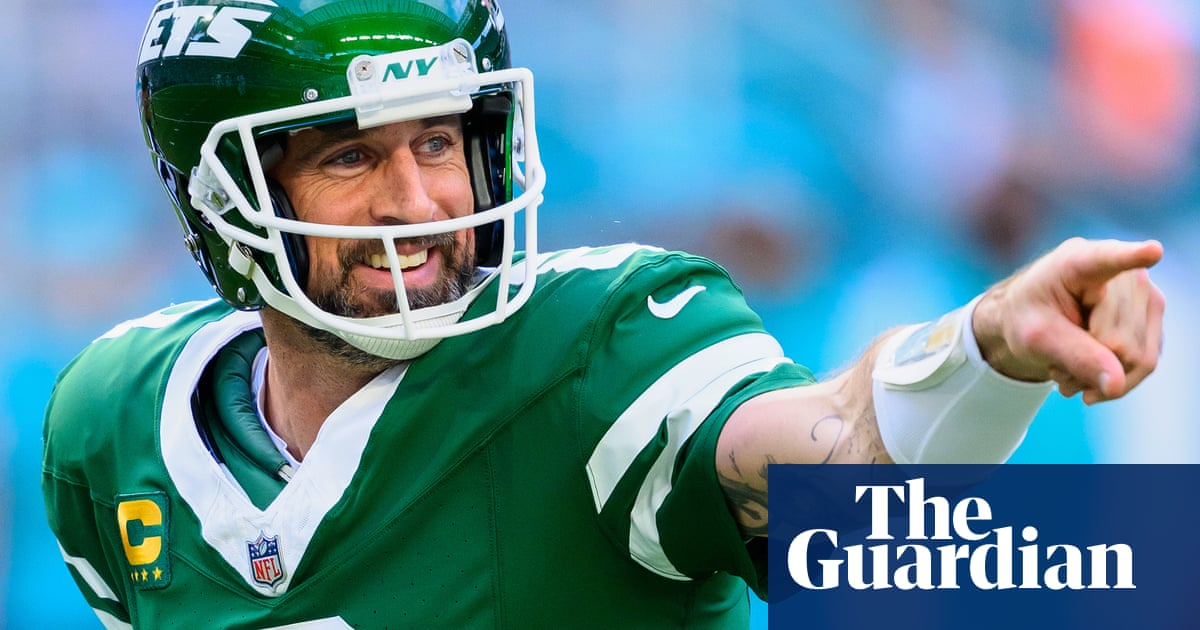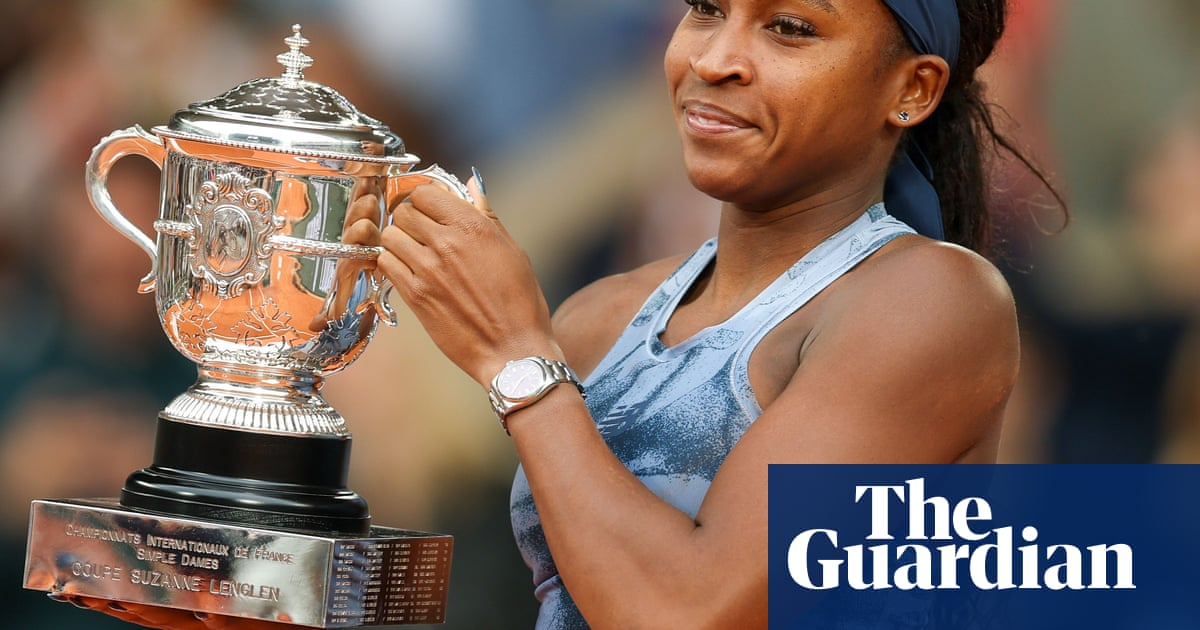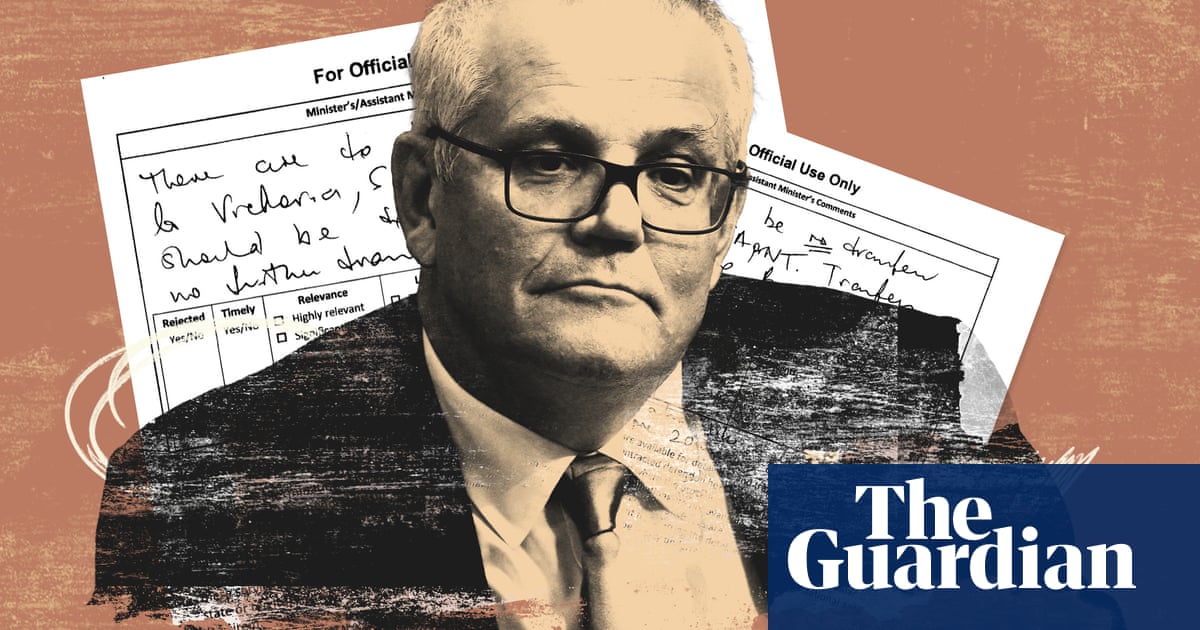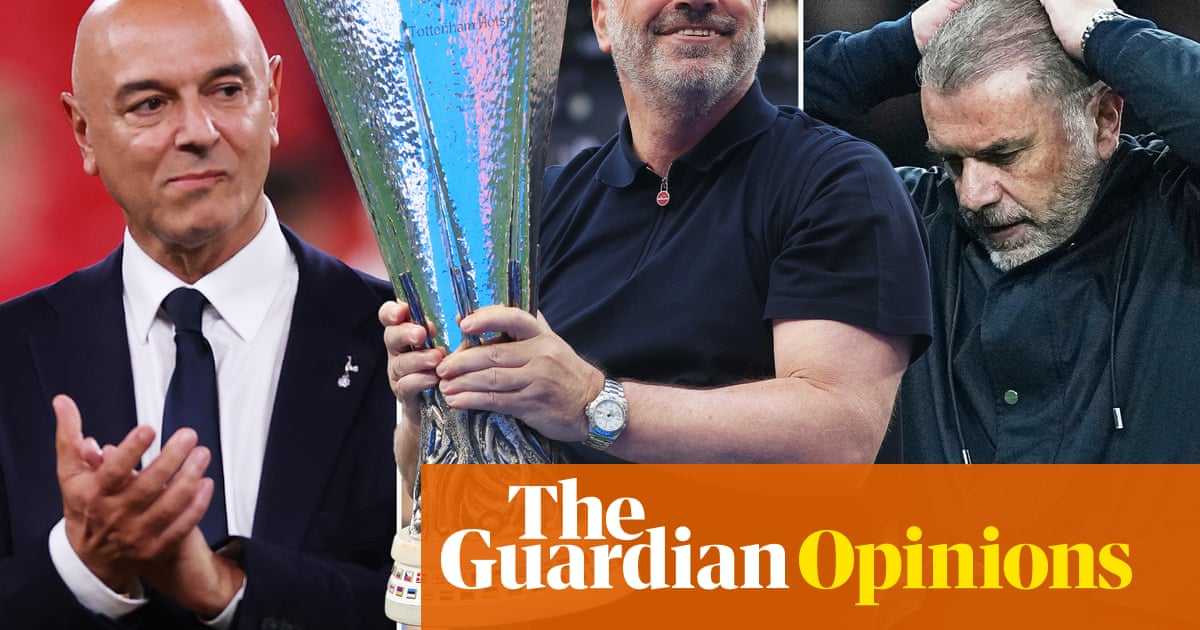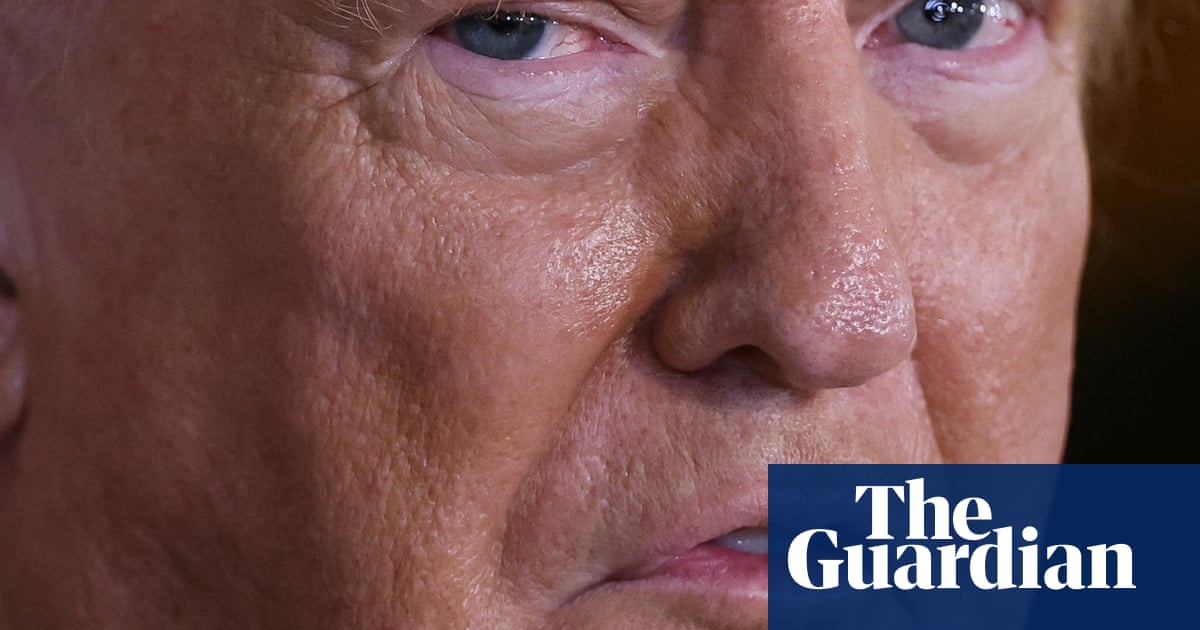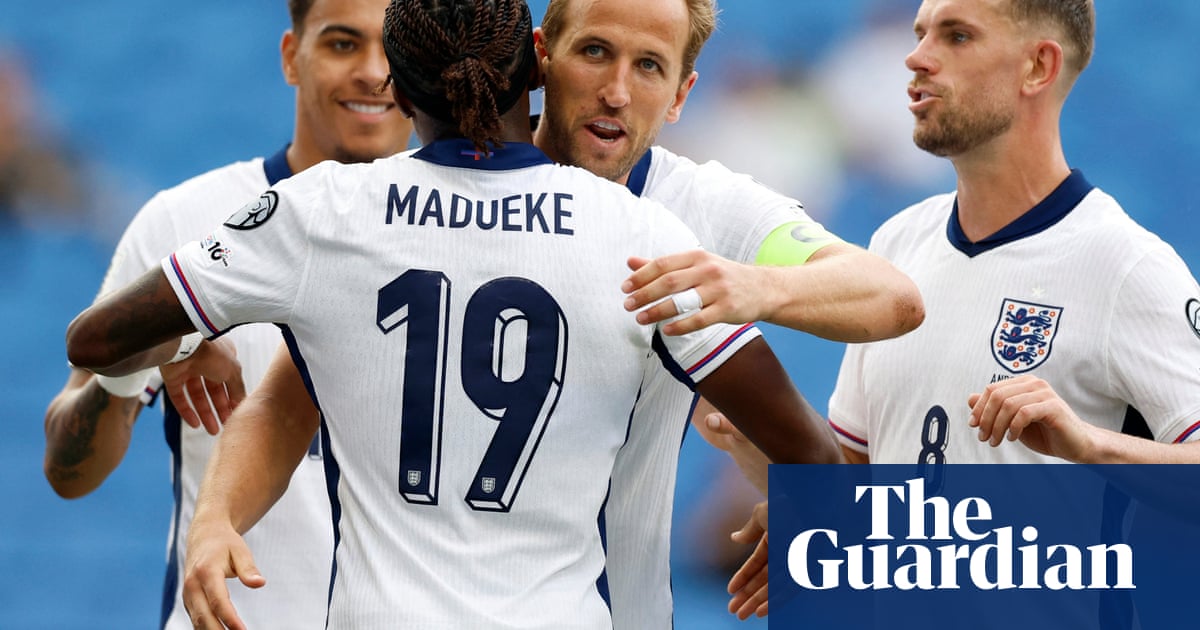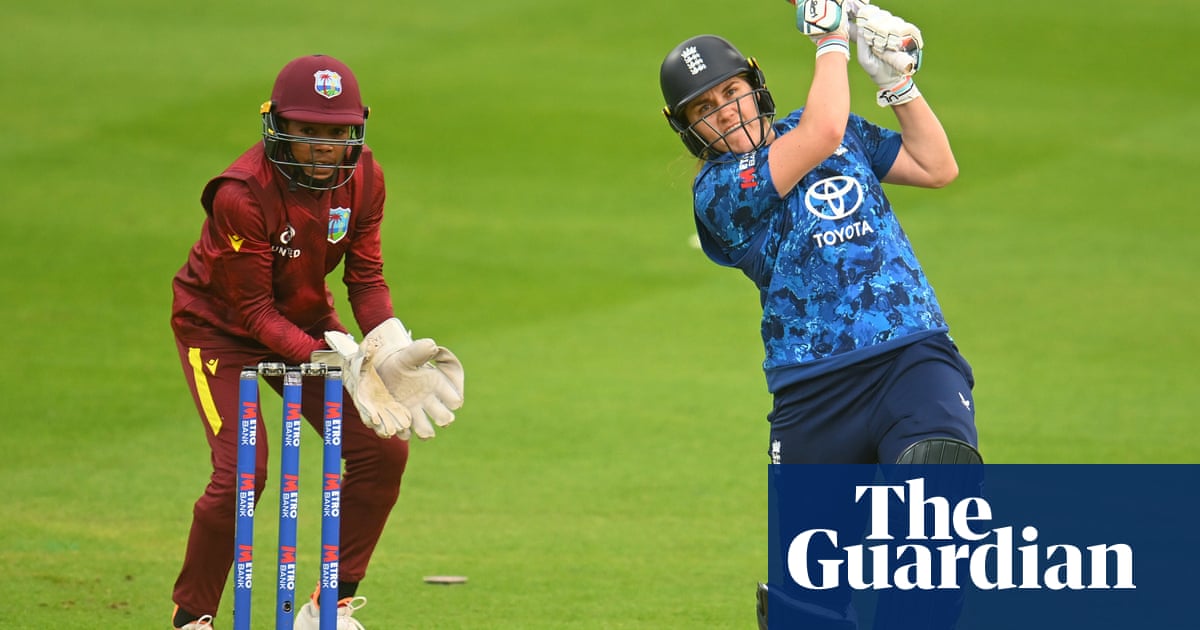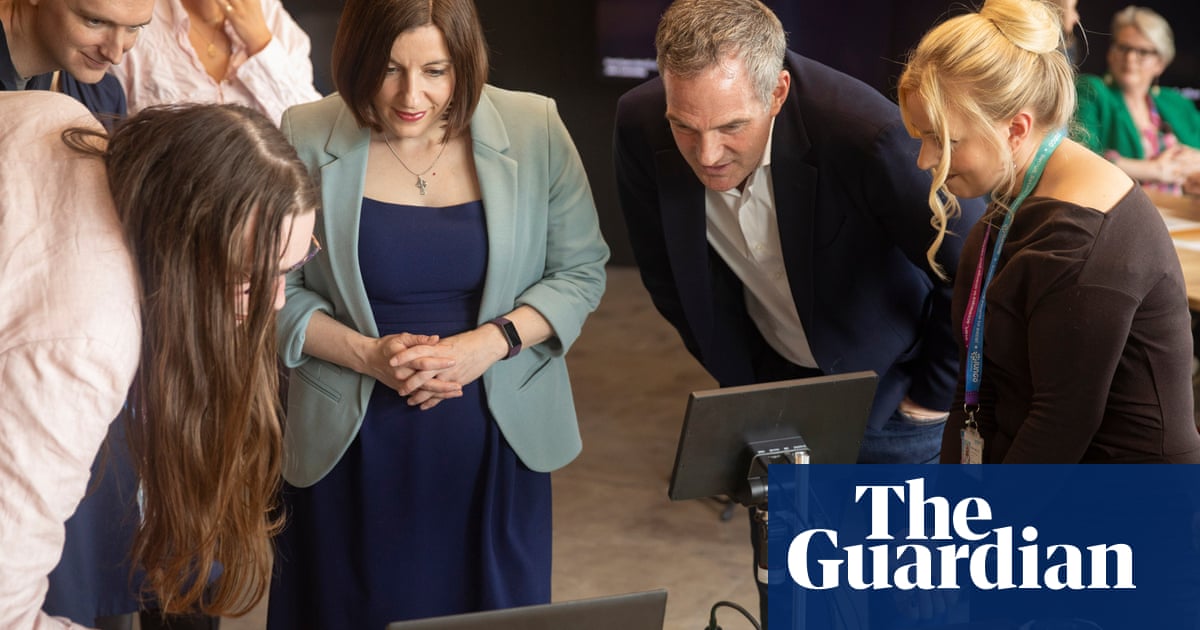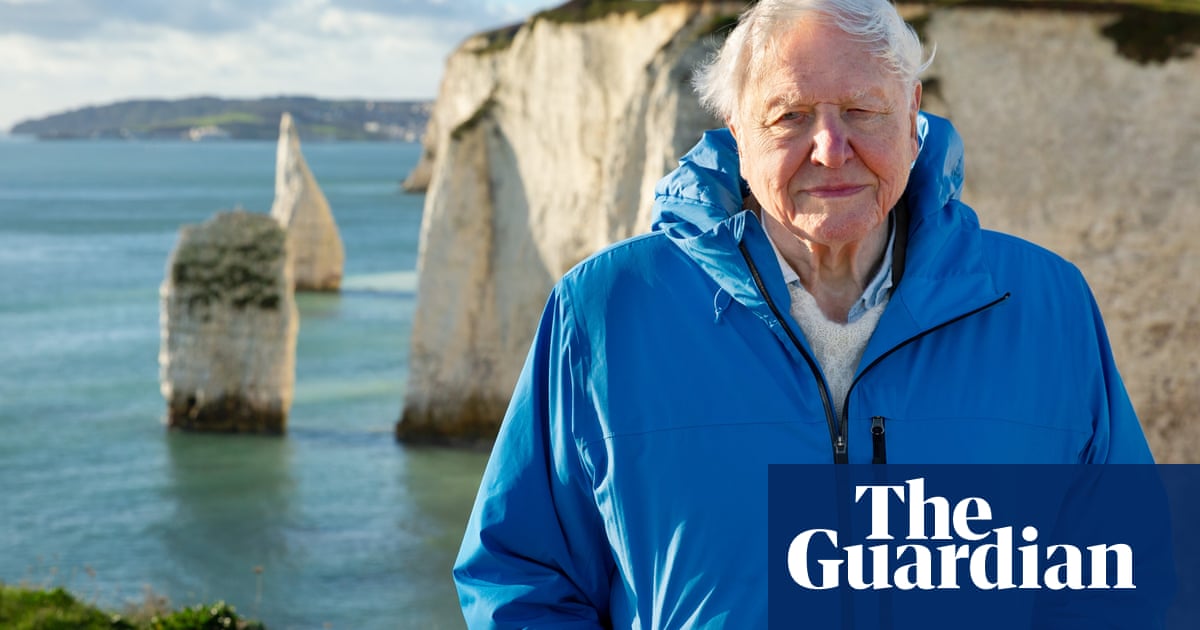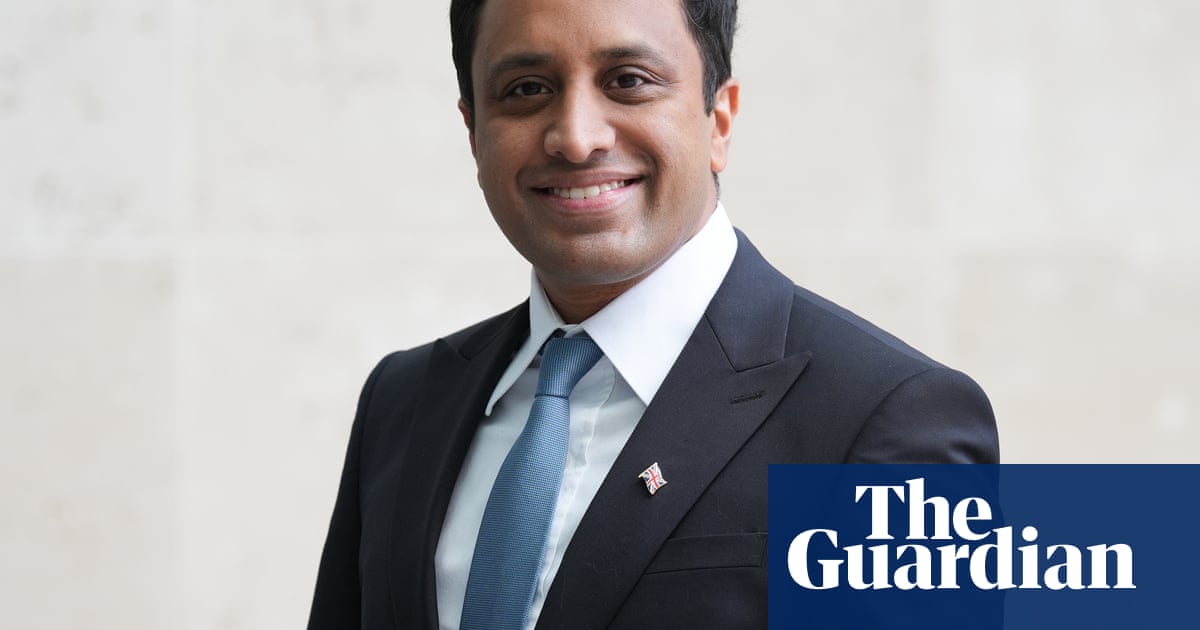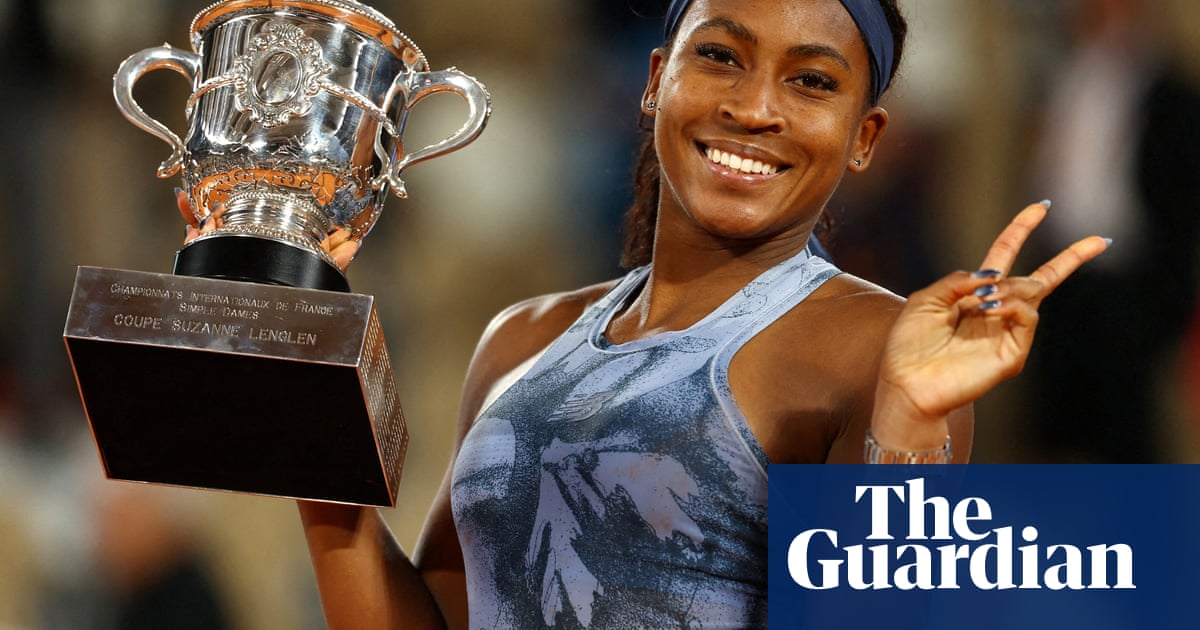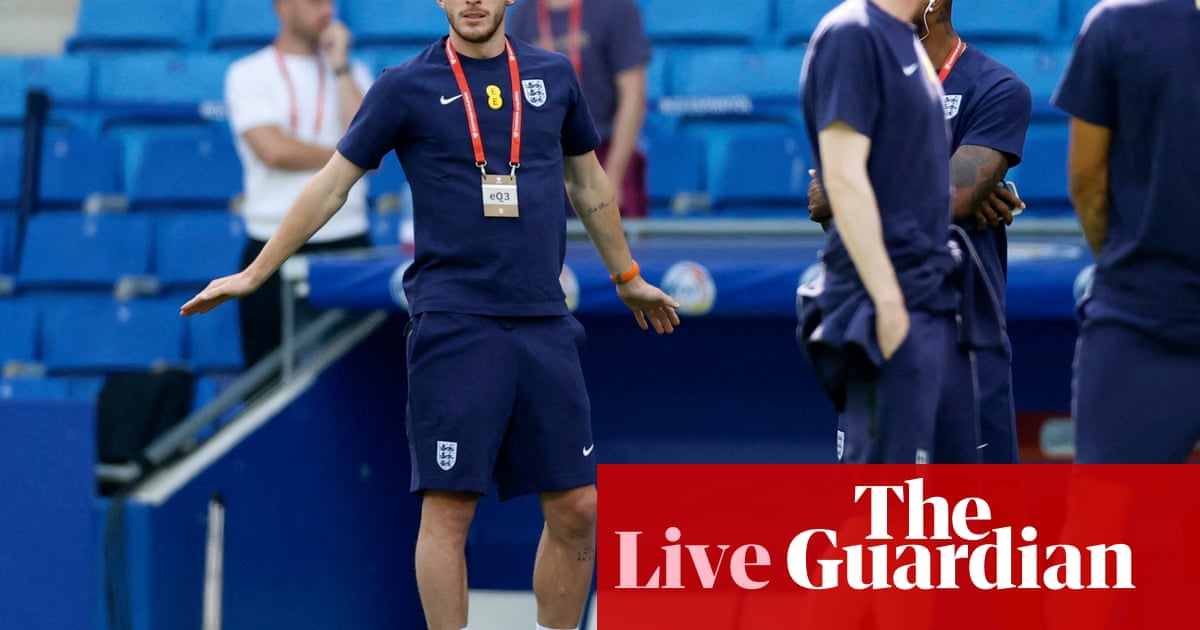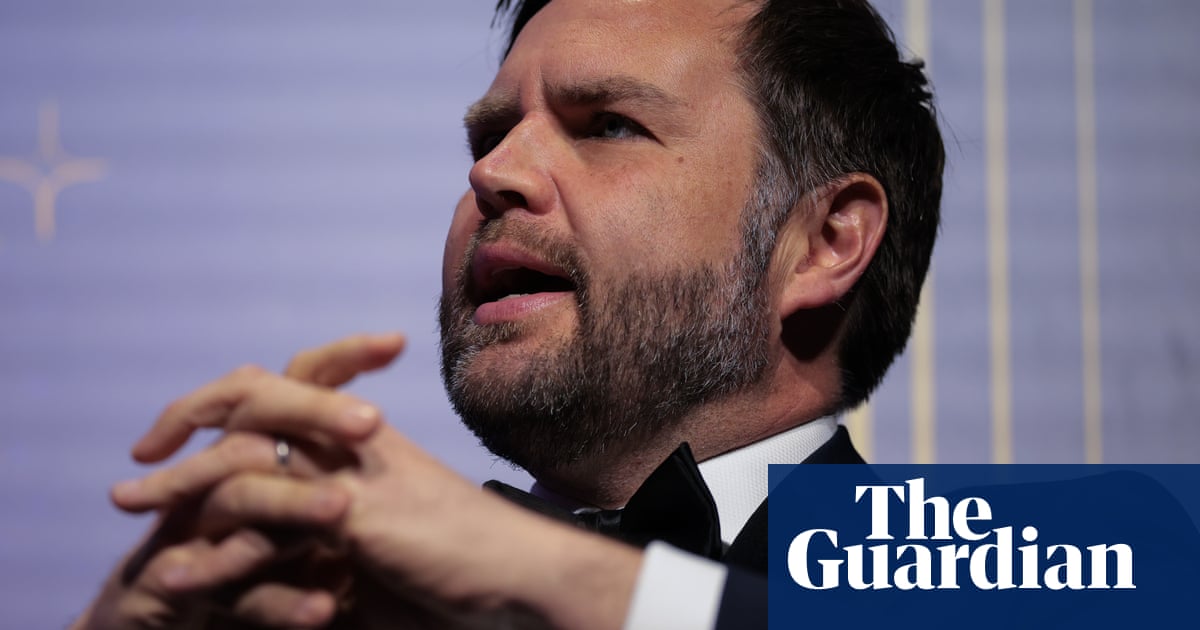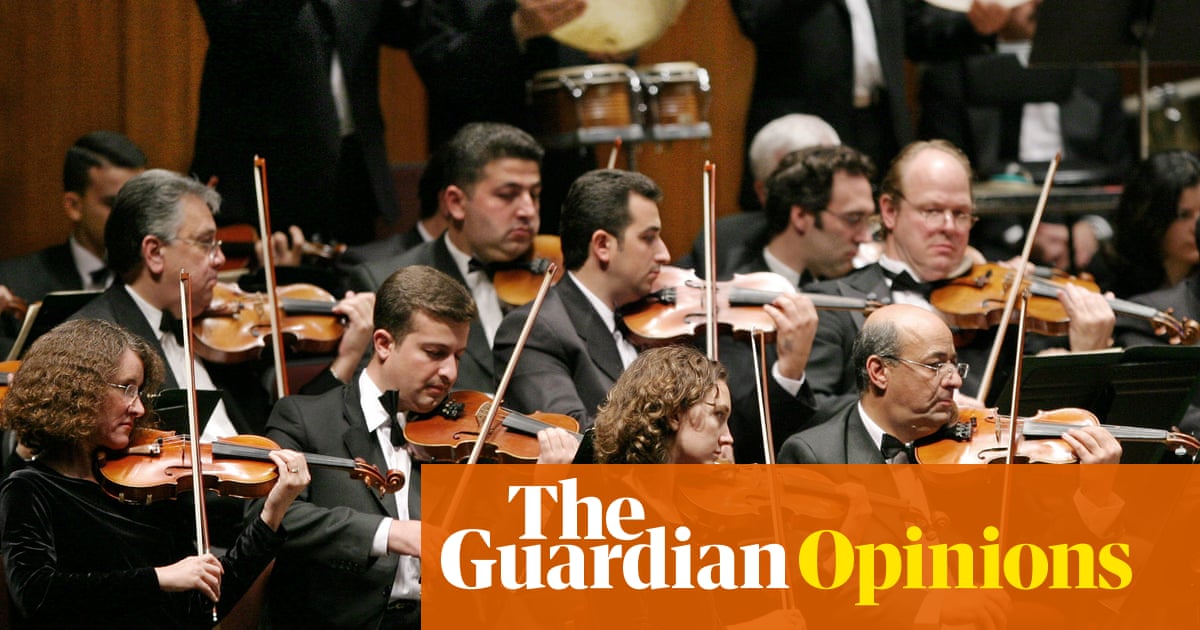Donald Trump has said that he and Vladimir Putin have agreed to begin negotiations to broker a ceasefire in Ukraine, as the secretary of defence, Pete Hegseth, said that Ukraine would have to cede territory and reject Nato membership in order to reach a deal.
The rapid entry into negotiations with Russia and open demands that Ukraine concede land will have set alarm bells ringing in Kyiv and among its European allies that the Trump administration will offer minimal resistance to Putin’s demands in order to cut a deal as quickly as possible.
In a social media post, Trump said that held a “lengthy and highly productive phone call” with Putin and that they agreed to “have our respective teams start negotiations immediately”.
He also said that he and Putin had agreed to visit each other’s countries.
“As we both agreed, we want to stop the millions of deaths taking place in the War with Russia/Ukraine,” Trump wrote on TruthSocial. “President Putin even used my very strong Campaign motto of, ‘COMMON SENSE.’ We both believe very strongly in it. We agreed to work together, very closely, including visiting each other’s Nations.”
The Kremlin confirmed the call and the mutual invitations for the leaders to visit each other’s countries, in what would be the first visits by an American president to Russia since 2009 and the first by Putin to the US since 2015.
In its readout, the Kremlin also maintained a maximalist position, with Putin saying he “mentioned the need to eliminate the root causes of the conflict and agreed with Trump that a long-term settlement could be achieved through peaceful negotiations”.
Zelenskyy – at least in public – offered support for the talks on Wednesday, saying he and Trump had held a “meaningful” conversation by phone. “No one wants peace more than Ukraine,” he wrote. “Together with the US, we are charting our next steps to stop Russian aggression and ensure a lasting, reliable peace. As President Trump said, let’s get it done.”
Trump said the call went “very well” and said that Zelenskyy would meet on Friday with the vice-president, JD Vance, and the secretary of state, Marco Rubio, on the sidelines of the Munich Security Conference.
The US negotiating position was outlined in Brussels, where Hegseth delivered public remarks that Kyiv must recognise that it cannot win back all the land occupied by Russia.
“We must start by recognising that returning to Ukraine’s pre-2014 borders is an unrealistic objective,” Hegseth said, sketching out an initial position for any peace negotiations with Russia.
“Chasing this illusory goal will only prolong the war and cause more suffering,” he added, though this could be interpreted as in effect acknowledging the annexation of Crimea, and large parts of the Donbas by Russia.
Kyiv would only achieve peace through “robust security guarantees”, but Hegseth ruled out Nato membership for Ukraine. Instead, peace would have to be secured by “capable European and non-European troops”, who he stressed would not come from the US.
Any British or European troops deployed in Ukraine would not be covered by part of a Nato mission or covered by the alliance’s article 5 guarantee, Hegseth added, meaning they would in effect be reliant on help from participating states.
Though Hegseth set out some positions for achieving peace in Ukraine, few experts believe there has been any serious diplomatic progress. Russia, which has been gaining ground on the battlefield, remains keen to press home its advantage and has demanded that Ukraine cede further territory and in effect be demilitarised as part of a deal.
Russia’s demands could mirror those made on the eve of its full-scale invasion in 2021: that Ukraine adopt a neutral status and that Nato cease deploying weapons to member-states that joined after 1997, when the alliance began accepting former communist nations. That includes much of eastern Europe, including Poland and the Baltic states of Latvia, Lithuania and Estonia.
In December, Putin also stated that he would insist on Ukraine adopting a neutral status and implementing some degree of demilitarisation, while also demanding that the west lift its sanctions on Russia.
Kyiv has rejected those demands in the past and the Biden administration had previously said that it would be up to Ukraine to decide when to hold peace talks.
Earlier this week, Ukraine’s president, Volodymyr Zelenskyy, told the Guardian that Europe was not able to offer resilient security guarantees to Kyiv without the involvement of the US. “Security guarantees without America are not real,” he said.
A multinational deterrence force based in Ukraine after a ceasefire would need to be 100,000 to 150,000 strong, Zelenskyy said, though that would be far smaller than the 600,000-plus Russian troops in occupied Ukraine.
“Europe can not field a force like this right now,” one senior European diplomat told the Guardian. “But we cannot force the US [to commit troops]. So we must accept this and figure out what we can do.”
Another senior European diplomat called the US position outlined by Hegseth a premature surrender, asking what there would be left to negotiate. The person also said that the readiness to offer concessions from Ukraine would encourage Russia to demand more in the upcoming negotiations.
In his readout of their call, Zelenskyy also suggested that Ukraine was reviewing a deal with the US regarding a new agreement “security, economic cooperation, and resource partnership”. That followed a meeting between Zelenskyy and the treasury secretary, Scott Bessent, who had visited Kyiv to discuss US access to rare earth minerals, energy resources and energy assets, according to Reuters.
The US has suggested that it would seek access to rare earth minerals, which are strategic metals essential for industries developing computers, batteries, and cutting-edge energy technology, in exchange for providing military aid to Ukraine in the future.
The rapid developments have worried Europe that Putin and Trump appear to be negotiating the future of the continent’s security over the heads of the Europeans themselves.
“If Europe is responsible for Ukraine’s security and could even provide troops [under a ceasefire agreement], then we should have a seat at the table and be consulted with the Americans,” said one European official. “And we have not been consulted.”
European foreign ministers declared their support for Ukraine during a meeting of the country’s allies in Paris on Wednesday. The German foreign minister, Annalena Baerbock, said that Ukraine’s interests must be protected in the upcoming negotiations between Moscow and Washington. The French foreign minister, Jean Noël-Barrot, called for Europe’s direct participation in the talks, saying that there “will be no just and lasting peace in Ukraine without the participation of Europeans”.
Trump’s announcement followed a prisoner swap involving Marc Fogel, a US teacher who was arrested in Moscow on drug charges, and Alexander Vinnik, who was arrested in 2017 in Greece on cryptocurrency fraud charges and then extradited to the US.
The deal was arranged by Witkoff, Trump’s envoy to the Middle East, who has now been charged as one of his closest allies on the team that will lead negotiations with the Russians.
The US negotiating team would include the secretary of state, Marco Rubio; the director of the CIA, John Ratcliffe; the national security adviser, Michael Waltz, and the ambassador and Witkoff.
Notable for his absence from the negotiating team was Gen Keith Kellogg, whom Trump had earlier named his special envoy for Ukraine and Russia and was in the process of meeting with European leaders to discuss the upcoming negotiations.
Yet few were convinced he spoke directly for Trump, and he offered few concrete details beyond his “deep faith” that Trump was the best person to negotiate the deal, one official said.

 3 months ago
97
3 months ago
97
